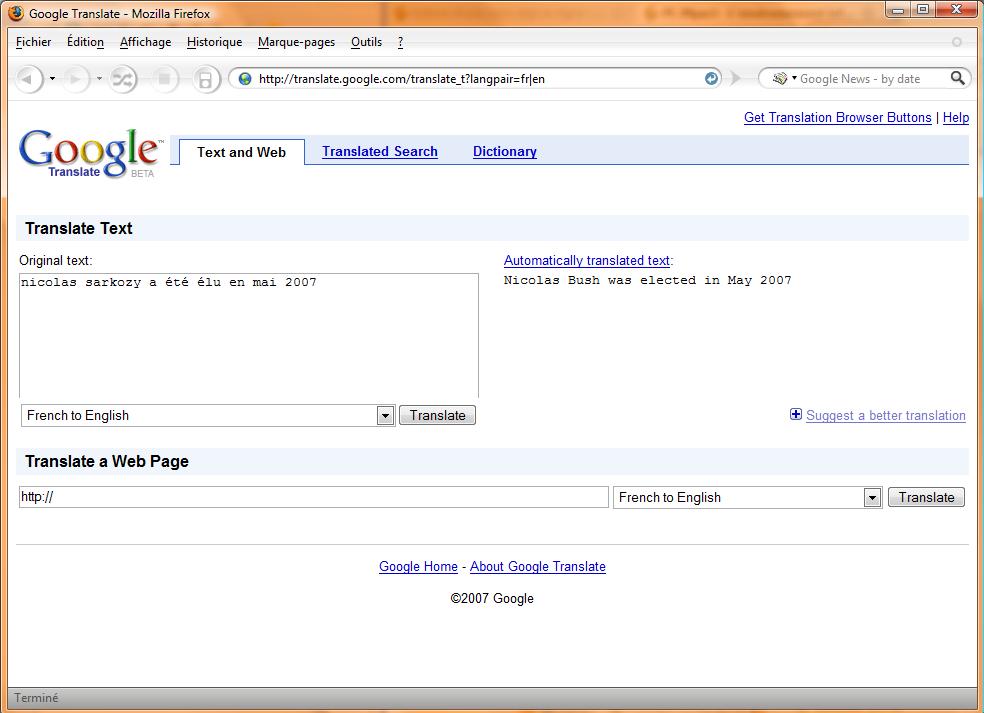


Subsequently, you can list all the language names by printing the LANGUAGES attribute of the googletrans module. In the above example, you use the keyword import to import the googletrans module. To list all the supported languages, run the following script: import googletrans The Google Translate API supports a variety of languages. Now that you have installed the API, we will see it in action with the help of some examples. In this particular method, you will replace pip in the above command with conda, as shown in the following code snippet: $ conda install googletrans If you have installed an Anaconda distribution of Python, you can install the API using the Anaconda Prompt. Press Enter and the Python module for Google Translate API will be installed on your system. To do this, type the following command in your terminal: $ pip install googletrans Simply go to terminal and use the pip installer to install the API, as you would for any other Python library. There are two different methods of installing the API. Google Translate API Installationīefore you can work with the Google Translate API in Python, you will have to install it. In this article, you will see how to work with the Google Translate API in the Python programming language. You can actually do a lot of things with the help of the Google Translate API ranging from detecting languages to simple text translation, setting source and destination languages, and translating entire lists of text phrases.

The best thing about the API is that it is extremely easy to set up and use. Though you can translate anything by simply going to the Google Translate web page, you can also integrate Google Translate API into your web applications or desktop programs.

Whenever you try to translate a word or a sentence from a certain language to another, it is the Google Translate API which brings you the desired results in the background. Unless you have been hiding under a rock, you have probably used Google Translate on many occasions in your life.


 0 kommentar(er)
0 kommentar(er)
